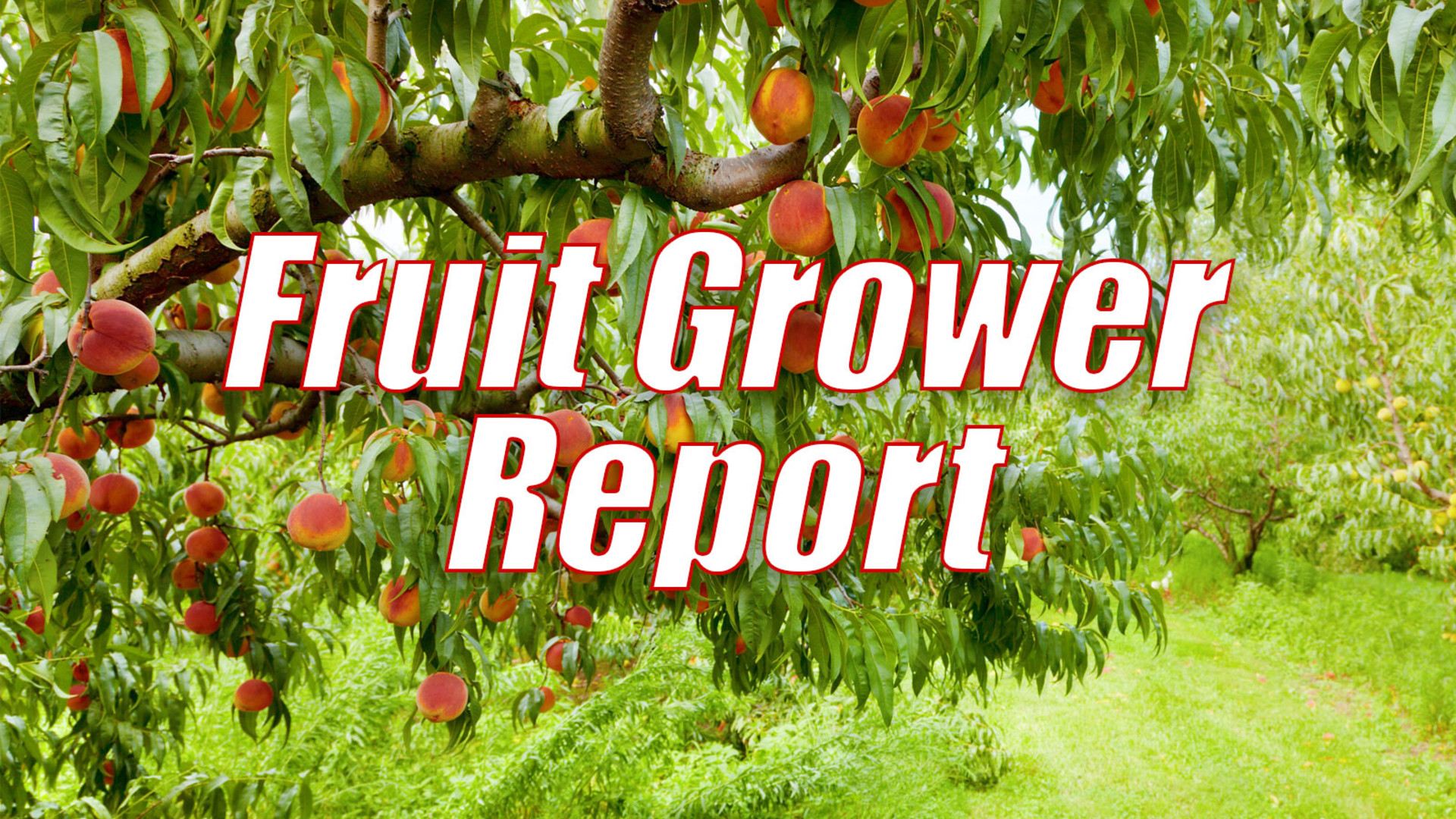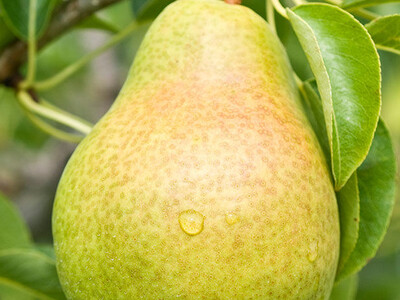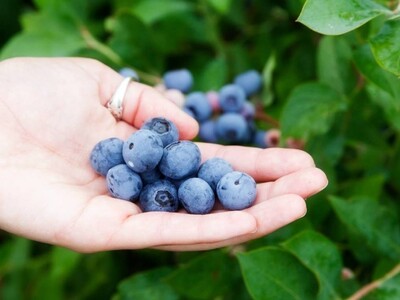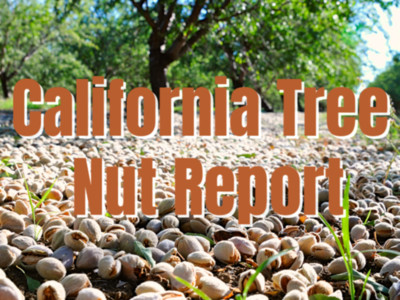Raspberry Fumigation Part 3
Raspberry Fumigation Part 3. I’m Greg Martin with today’s Fruit Grower Report.
Today we wrap up our conversation with Tom Walters, Asst. Horticulturist/Extension Specialist from WSU Extension Mount Vernon regarding his fumigation trials on raspberries. Walters has been using in-bed fumigation which dramatically cuts down on the buffer requirements. He then uses a black plastic to cover the beds.
WALTERS: What the plastic does is it does a great job of containing the fumigant. It keeps the fumigant in the soil and that accomplishes two things. One, it reduces the buffer because EPA realizes that that greatly reduces fumigant emissions but the second thing it does is by keeping the fumigant in the soil, it stays there and works for you longer. So it makes it more effective as well.
This is where his “less is more” approach comes from.
WALTERS: You are using less fumigant but you are putting it in the place you need it and you are keeping it there. It’s a happy confluence of keeping the EPA happy and we think perhaps doing a better job for the growers.
And Walters says they seem to be seeing better growth out of the raspberry plants.
WALTERS: We’ve got four trials that we’ve set up that are old enough that we’re starting to see the real growth effects on them. Four trials that are about a year and a half old now and in those four trials, in one of them we’ve got a very dramatic boost in growth in the bed fumigated plot. That field has a lot of nematodes in it and the bed fumigation just did a much better job of controlling the nematodes.
That’s today’s Fruit Grower Report. I’m Greg Martin on the Ag Information Network.

















